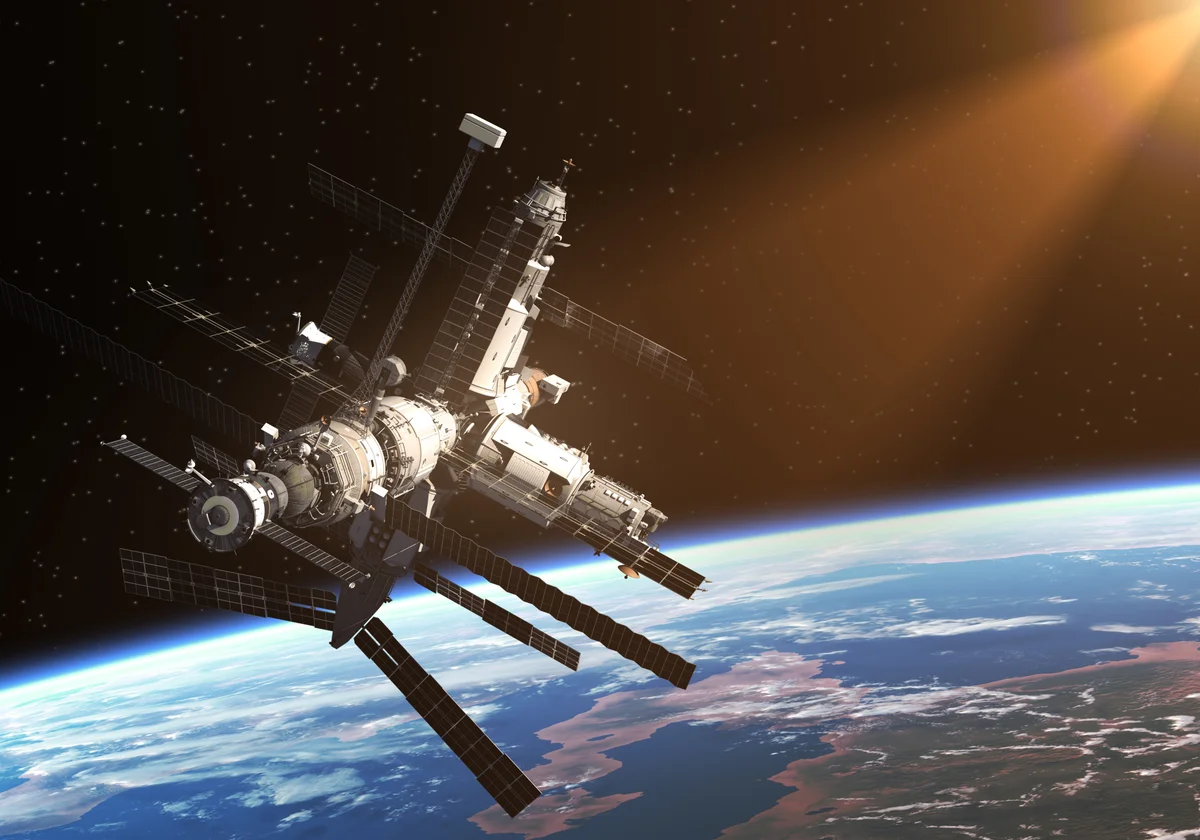Key Takeaways:
- NASA’s OSAM-1 satellite-refueling mission faced termination due to budget and scheduling issues.
- The complex and costly satellite-servicing demonstration project was halted by NASA.
- OSAM-1 aimed to refuel Landsat 7 with a robotic arm and SPIDER payload for on-orbit assembly.
- NASA’s decision to cancel OSAM-1 followed a detailed review citing technical and financial challenges.
- The space agency is exploring alternatives while considering workforce impacts at the Goddard Space Flight Center.
Expenses exceeding projections and timing setbacks have culminated in the dissolution of the OSAM-1 satellite-refueling undertaking. NASA has officially annulled a multifaceted and financially demanding mission dedicated to demonstrating satellite servicing capabilities.
The OSAM-1 spacecraft, engineered for On-Orbit Servicing, Assembly, and Manufacturing endeavors, intended to utilize a mechanized appendage and additional equipment for grappling the Landsat 7 Earth-observation satellite for refueling purposes. Additionally, OSAM-1 was poised to accommodate the Space Infrastructure Dexterous Robot (SPIDER) payload, housing a slender 16-foot robotic limb devised to facilitate the in-orbit assembly of an antenna.
A declaration issued by NASA on March 1 signified the termination of the OSAM-1 initiative. This decision ensued subsequent to a comprehensive evaluation conducted independently, which revealed persistent technical impediments alongside financial and scheduling dilemmas. Furthermore, the assessment acknowledged a paradigm shift within the aerospace community, veering away from the notion of refueling unprepared spacecraft.
In adherence to procedural protocols delineated by Congress, project management aims to execute a methodical closure strategy, encompassing the appropriate handling of sensitive hardware, exploration of potential collaborative endeavors or alternate applications for existing hardware, and the potential licensing of pertinent technological innovations, as stipulated in the statement.
Significant deviations from budgetary allocations and delays plagued the OSAM-1 initiative, as outlined in a SpaceNews report. Initial estimations projected expenses ranging between $626 million and $753 million. However, subsequent assessments, as per an October 2023 report from NASA’s Office of Inspector General, revealed a staggering escalation, surpassing the $2 billion mark.
Contemplations within NASA’s upper echelons are underway to discern the most prudent course of action to mitigate the ramifications stemming from the termination, particularly concerning the workforce stationed at the agency’s Goddard Space Flight Center situated in Greenbelt, Maryland.
Several enterprises are presently engrossed in the development of satellite servicing technologies, advocating for alternative methodologies such as incorporating refueling interfaces within satellite designs. This streamlined approach obviates the intricacies associated with retroactively outfitting spacecraft for refueling operations. In stark contrast, the OSAM-1 mission was poised to administer replenishments to a satellite unequipped for such interventions.
Amidst the dissolution of the OSAM-1 mission, reflections on the broader implications for satellite servicing initiatives within the aerospace sector have surfaced. Industry experts assert that the termination underscores the formidable challenges inherent in executing complex on-orbit operations, particularly those involving autonomous robotic systems. Moreover, it accentuates the necessity for meticulous planning, stringent budgetary oversight, and agile adaptability in response to unforeseen technical hurdles.
The decision to discontinue OSAM-1 has prompted renewed deliberations among stakeholders regarding the future trajectory of satellite servicing endeavors. While the setback is undeniably disheartening, it also catalyzes a reevaluation of existing methodologies and a fervent pursuit of innovative solutions. Collaborative efforts between government agencies, private enterprises, and academic institutions are expected to intensify as the quest for enhanced space exploration capabilities persists unabated.
Furthermore, the cancellation of the OSAM-1 mission serves as a poignant reminder of the inherent risks associated with pioneering ventures in space exploration. Despite meticulous planning and rigorous testing, unforeseen challenges can emerge, necessitating a strategic reassessment of priorities and objectives. Nonetheless, the resilience and determination of the aerospace community remain steadfast, fueling optimism for future endeavors aimed at unlocking the mysteries of the cosmos.


